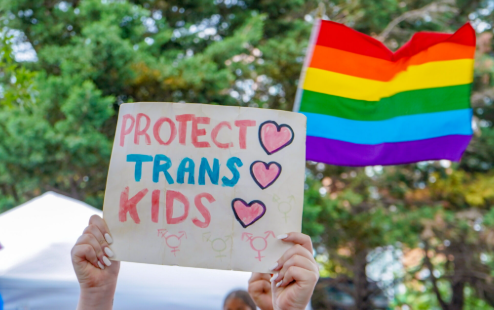The “Land of opportunity” is not so full of opportunity
One in five kids in America live below the poverty line. They struggle just to fill their bellies every day let alone worry about grades in school. They share in the worries of their parents whether or not next month’s bills will be paid. They are in essence left to struggle on their own and will more than likely be doomed to live their whole life in poverty.
The lack of mobility between classes in the U.S. is severe. The New York Times states that 42 percent of American men raised in the bottom fifth of income stay there as adults and 65 percent stay in the bottom two-fifths. Only 8 percent of American men starting in the bottom fifth rose to the top fifth. This infographic can help give an idea of children’s chances to succeed so greatly. When you look into the situation of the families raising children in the bottom of the social ladder, it is no surprise that it is so hard to climb higher.
Kids who are born into poverty are not at fault for where they come from, yet they suffer from it quite often. These kids are that are living in poverty have such a hard time just getting three full meals of food a day. Last year, 21 million children received free and reduced lunch from the government. Some schools even started programs to send food home with kids on the weekends so they would have nourishment when they were not at school.
Because of their constant moving around and switching school zones it is a constant struggle for them to find a good education. Many times these families cannot afford their rent and other bills causing them to be evicted. As well as it being hard for the parents to get them in schooling it is hard on the kids as well. Being new in a school can be rough for anyone let alone being at a new different school every other month.
Single-mother families in poverty have increased for the fourth straight year to 41.5 percent. Many of these mothers have a low income and low education so it is really hard for them to provide for their family.
In two recent studies, find that: (1) Upward income mobility varies substantially within the U.S. [paper] Areas with greater mobility tend to have five characteristics: less segregation, less income inequality, better schools, greater social capital, and more stable families. (2) Contrary to popular perception, economic mobility has not changed significantly over time; however, it is consistently lower in the U.S. than in most developed countries. [paper]
Your donation will support the student journalists of Ames High School, and Iowa needs student journalists. Your contribution will allow us to cover our annual website hosting costs.






















